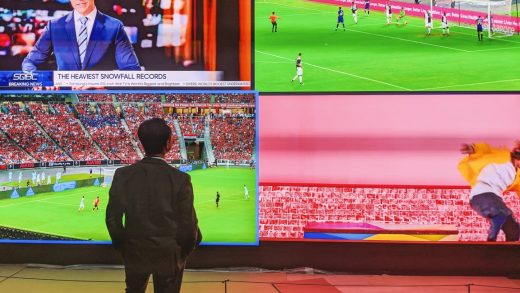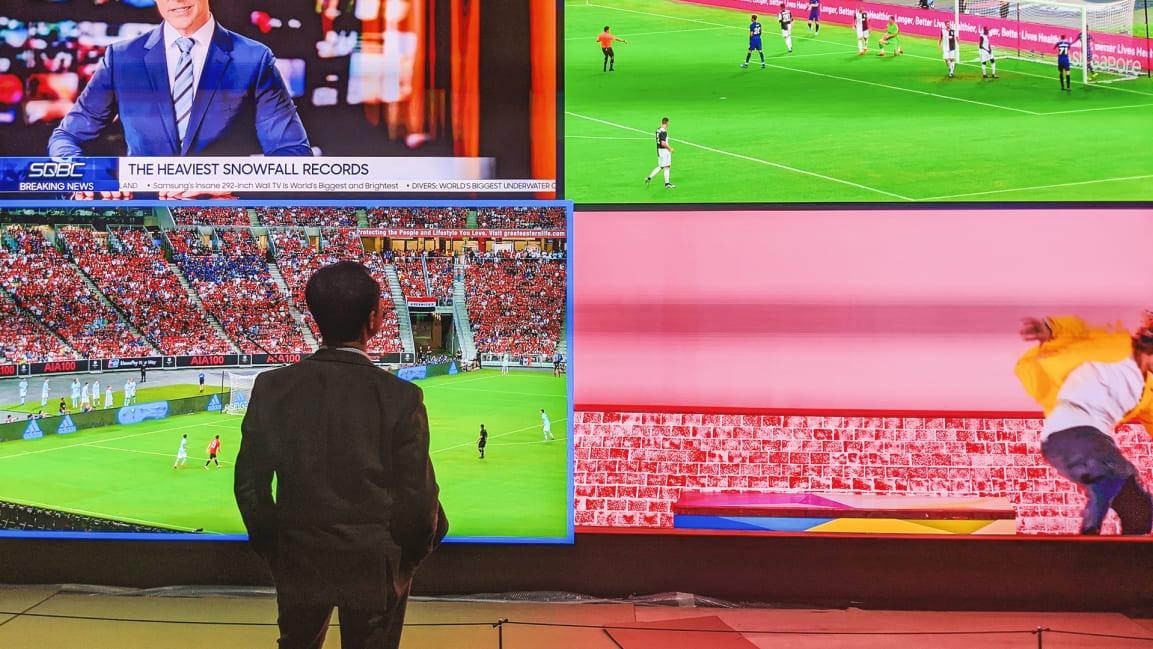The best stuff at CES got me optimistic about technology again
Throughout the last year, we’ve heard about how smartphones, smart speakers, smart TVs, and smart home gadgets have created privacy minefields for consumers. Those are all big product categories for the annual tech-industry spectacle known as CES, so I expected privacy to be a central theme on the show floor in LasVegas.
Instead, CES 2020 brought only the most cursory steps forward in giving users control over their personal data. Sure, there was a panel on privacy in which Apple reiterated its principles and Facebook delivered its platitudes, and both Google and Amazon’s Ring subsidiary made some minor announcements about new privacy tools. Overall, though, ignorance seemed to be bliss as vendors introduced an overwhelming number of devices designed to surveil users and send their data who-knows-where.
And yet, I made my way through CES without feeling depressed by it all. That’s because the most interesting ideas at this year’s show—the ones that actually made me excited for CES and optimistic about technology’s potential—had nothing to do with surveillance tech. In the spirit of positive thinking, here are some of my favorite finds:
Creative tools
Shredding in silence: Musical instrument maker Roland had a bigger CES presence than usual this year, showing off an electric grand piano concept and a command center for live streaming from a smartphone. The gadget that stole my heart, however, was Boss’s Waza-Air headphones, which have an electric guitar amplifier built in and come with a wireless transmitter to plug into your axe. A Bluetooth connection to your phone lets you choose between various amplifiers and effects or jam along with your streaming music app of choice. The headphones are launching next month for $400.
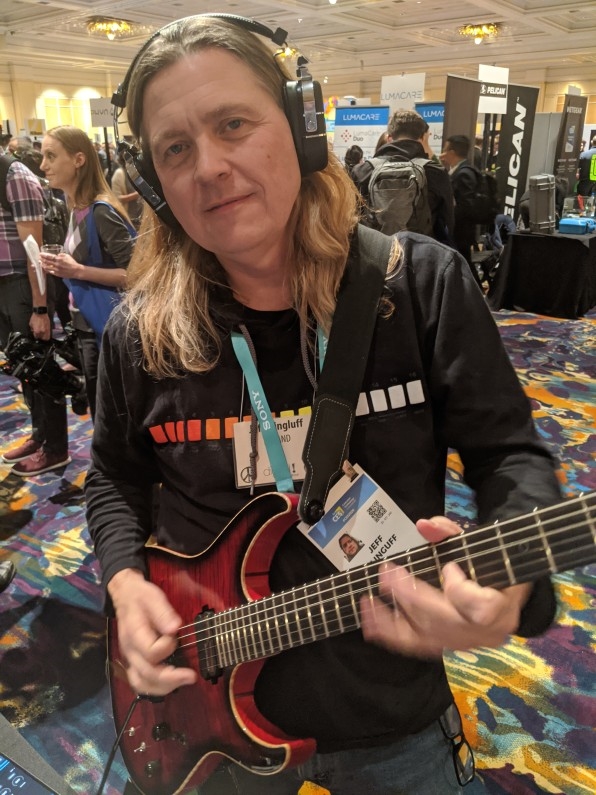
A comfier digital drawing surface: When the artists at Utah-based game studio Braintreehouse got frustrated with drawing on the iPad, they decided to build their own solution. The Sketchboard Pro is a $50 art stand with an iPad-sized cradle in the middle, providing a continuous drawing surface on which artists can rest their arms. The stand can sit on an angle in either portrait or landscape mode, and in a clever flourish, it has a camera hole in the back for taking photos and then drawing on top of them. It’s launching in April for $50 after a successful Kickstarter run.
Productivity boosters
The evolved laptop: In recent years, CES has quietly become a showcase for high-end Windows PCs, which themselves have sneakily transformed from sad MacBook knockoffs into stunning design achievements. This year’s highlight is the new Dell XPS 13, which stretches the display to the base of the laptop so there’s almost nothing but screen in every direction. If nothing else, it’s a strong indicator of where Apple’s MacBook Air line might go next.
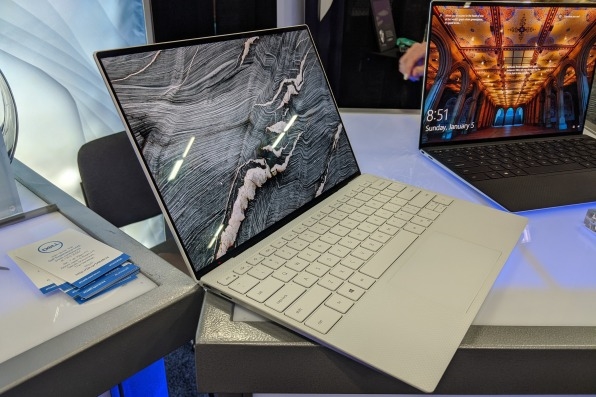
Better typing for less: Mechanical keyboards are making a comeback for discerning typists, and now venerable key switch maker Cherry MX has figured out how to make them cheaper. A new switching mechanism uses fewer parts than Cherry’s standard switches, and a solderless design will let users swap between clicky, tactile, and linear switches once their mechanical keyboard obsession has fully blossomed. Cherry expects the tech to show up in keyboards for as little as $40, increasing the odds that even more people will see the light and leave their cheap rubber dome-based keyboards behind.
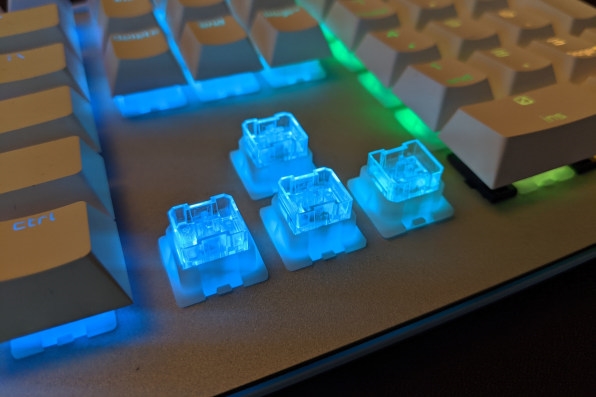
More feasible foldables: Foldable display tech still feels slightly premature, but it’s edging closer to mass appeal this year. At CES, Lenovo was showing off a Windows tablet whose 13.3-inch screen folds in half, with a magnetic keyboard that can snap on the screen’s bottom portion. The idea is that it serves as either a tiny laptop or a larger screen with the keyboard detached. I also got to try Huawei’s foldable Mate X phone, which launched in China last year. The screen’s wraparound design, which folds out to become a large tablet, feels like the ideal format for a wave of foldable phones to come.
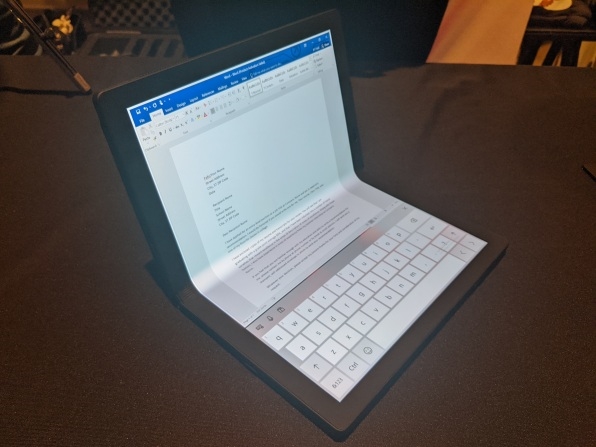
Leisure enhancers
Bluetooth’s next big thing: Between Sonos, Apple AirPlay, Amazon Alexa, Google Chromecast, and Roku, there are too many companies trying to build their own whole-home speaker systems, none of which are designed to talk with one another. At CES, the industry consortium behind Bluetooth announced a new standard called LE Audio for synchronizing audio across devices regardless of who made them. It could be a year or two before LE Audio is out in the real world, but it’ll eventually let you cobble together your own surround sound system, broadcast music from a phone to any speaker around the house, or host your own silent discos. It’ll even allow multiple people to watch TV privately through headphones, possibly even in different languages.
Portable PC gaming: Windows-based portable gaming systems are not a new idea, but Dell’s Alienware Concept UFO is a particularly slick attempt. The two controller wings are detachable, so you can prop up the display separately or connect it to a docking station for big-screen play, similar to the Nintendo Switch. The device is also a testament to the growing computational muscle of Intel’s integrated graphics, which can handle relatively modern PC games without requiring a bulky, expensive, and power-hungry discrete graphics card.
The dockable soundbar: Vizio has come up with a soundbar that solves a common installation annoyance: After you’ve gone through all the trouble to wall-mount a TV, there’s no easy way to hang up a soundbar underneath it. The Vizio P-Series Elevate soundbar can clip into the bottom edge of Vizio’s new OLED TV sets so you don’t have to mess around with mounting brackets. Now, all we need is for the TV industry to standardize the idea.
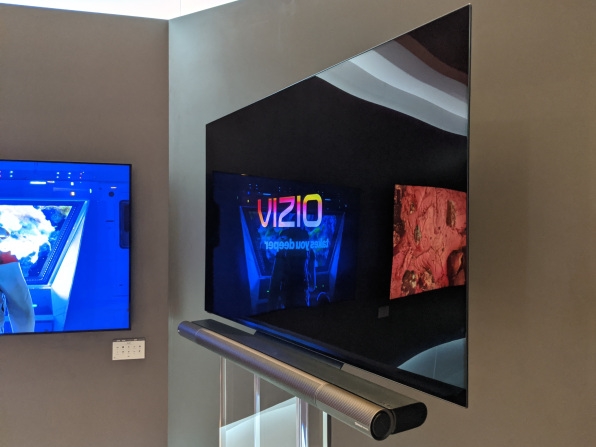
No more snores: I tend to avoid novelty gadgets at CES, but I can’t resist mentioning the Motion Pillow. A box on your nightstand records audio as you sleep, then sends it to your phone for analysis. When the app detects snoring, the pillow inflates in various positions, gently juggling your head around until you quiet down. The cost? Roughly $420 for the second-generation model, which activates automatically and can wirelessly charge a phone on its base station. That price might be reasonable if a healthy marriage is on the line.
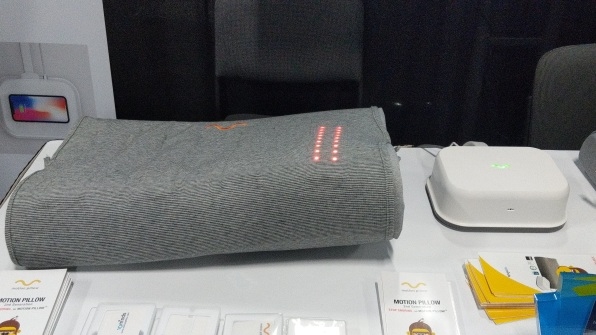
Wild ideas
Waste-free shipping: French startup LivingPackets has an ambitious plan to wean us off cardboard shipping materials. “The Box” is a reusable container with an E-Ink display for shipping labels, plug a mesh enclosure inside to secure items without bubble wrap. The idea is to have shoppers opt into The Box for their shipments, and to charge the shipper $2 per trip. Recipients can then reuse the box themselves (at the same cost per trip) or bring it to a designated drop-off point. Of course, all of this depends on e-commerce sites supporting the concept, but LivingPackets hopes they’ll be swayed by the box’s tamper- and location-detecting sensors and public pressure to reduce waste. France’s CDiscount is pilot-testing a prerelease version.
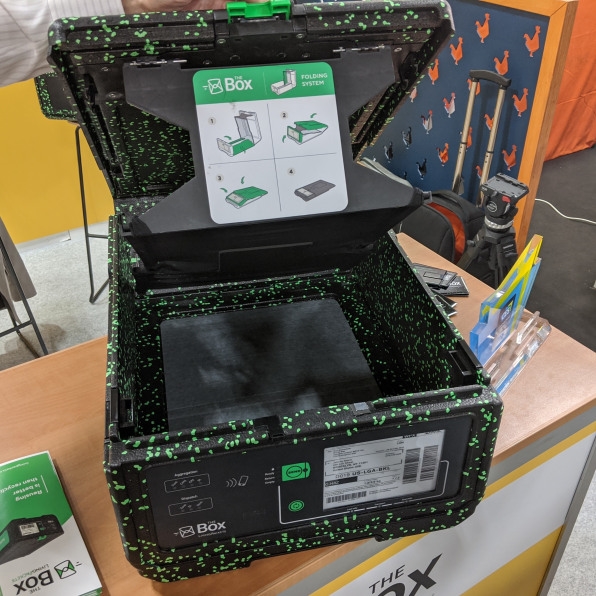
Like air guitar for typing: Samsung’s C-Lab incubator has come up with a wild new way for experienced touch typists to write on their phones. With the SelfieType system, you place your fingers on a flat surface in front of a propped-up phone, then type like you would on a regular desktop keyboard. The phone’s front-facing camera then measures your fingers’ movements to determine what you meant to type. Samsung’s reps wouldn’t let me try the full experience, saying that its AI requires training for the best results, but I played with a limited demo version and was shocked at how well it worked. It may be a while before SelfieType gets out of the lab and into the real world, but I’d love to be a test subject.
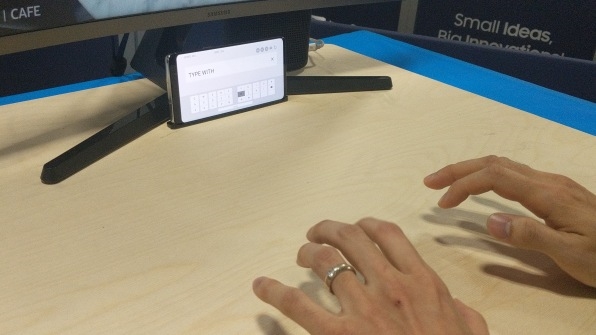
The transforming TV: Curved televisions were all the rage at CES about five years ago, the idea being that their wraparound effect was more immersive than a flat panel. They never took off, presumably because they become impractical when more than one or two people are watching. LG Display has finally solved that problem with its 65-inch 4K Bendable OLED screen, which changes from flat to curved with the press of a button. LG’s display group is separate from its consumer electronics division, and whether the technology actually comes to market depends on whether TV vendors—LG or otherwise—decide to adopt it. There’s always one thing at CES you want to take home knowing full well that it may never exist in the real world. For me in 2020, this was it.
Refusing to leave Vegas without this gaming display that transforms into a curved display. pic.twitter.com/b5Ws3s9vUh
— Jared Newman (@OneJaredNewman) January 7, 2020
(22)

